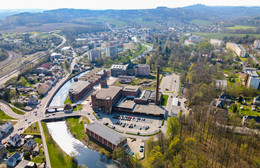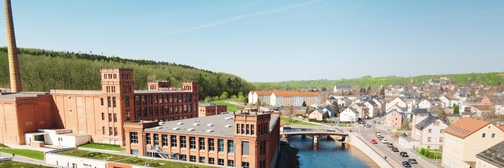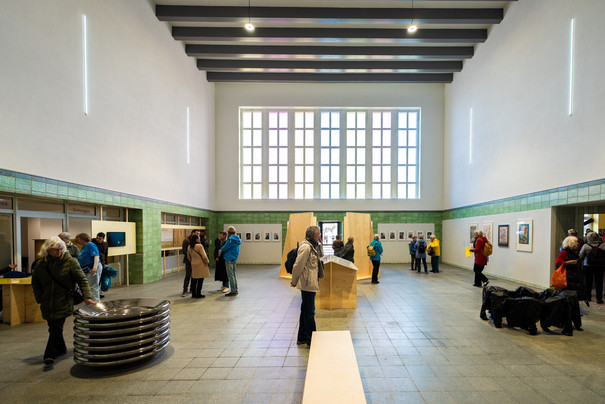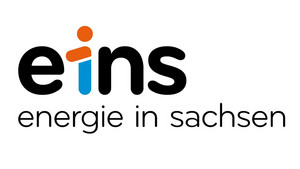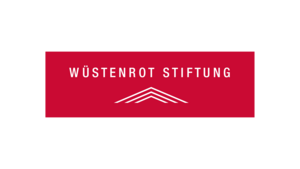The large district town of Flöha, located in the district of Central Saxony, borders directly on Chemnitz. It lies at the confluence of the Flöha and Zschopau rivers. Founded in the 12th century and first mentioned in 1399, the forest village of Flöha only became a more important settlement with industrialisation in the 19th century: the first cotton mill settled here in 1809 and others followed. With the connection to the Saxon railway network, further industrial companies emerged, for example for coloured paper and tulle or for steam boilers. A town centre in Flöha, which is unique in Germany and was created by revitalising a derelict cotton mill, is a reminder of the heyday of industrialisation. It combines industrial history and modern city life in an unrivalled way. Flöha was declared a town in 1933.
The dark highlights of the following years were the establishment of an early concentration camp, the Plaue concentration camp, and later a satellite camp of the Flossenbürg concentration camp - both of which are memorialised today. Anyone exploring the countryside around Flöha and the district of Falkenau, which was incorporated in 2011, will inevitably come across two bridges - the Hetzdorf Viaduct, once the highest single-storey railway bridge in Germany and now part of a hiking trail. And the "Blaue Welle", a pedestrian and cycle bridge that was honoured with the German Bridge Construction Award in 2012. Also worth seeing is the Samuel-von-Pufendorf-Gymnasium in Flöha-Aue, a futuristic circular building that was honoured with the German Architecture Prize in 1997.
Tanja Rochelmeyer: Glance
Art and sculpture trail PURPLE PATH
The unique art installation Glance by Tanja Rochelmayer in the subway of Flöha station consists of 171 highly reflective, colourful panels. The work recalls the history of the nearby cotton mill and leads to its former and current location, now a new centre of the town. Tanja Rochelmeyer was born in Essen in 1975 and now lives in Berlin.
Entanglements: On the role of textiles in art and society
Art and sculpture trail PURPLE PATH
The exhibition Entanglements: On the role of textiles in art and society can be seen at the Kunstbahnhof Flöha until 3 August 2025.
